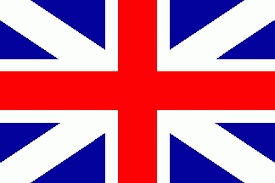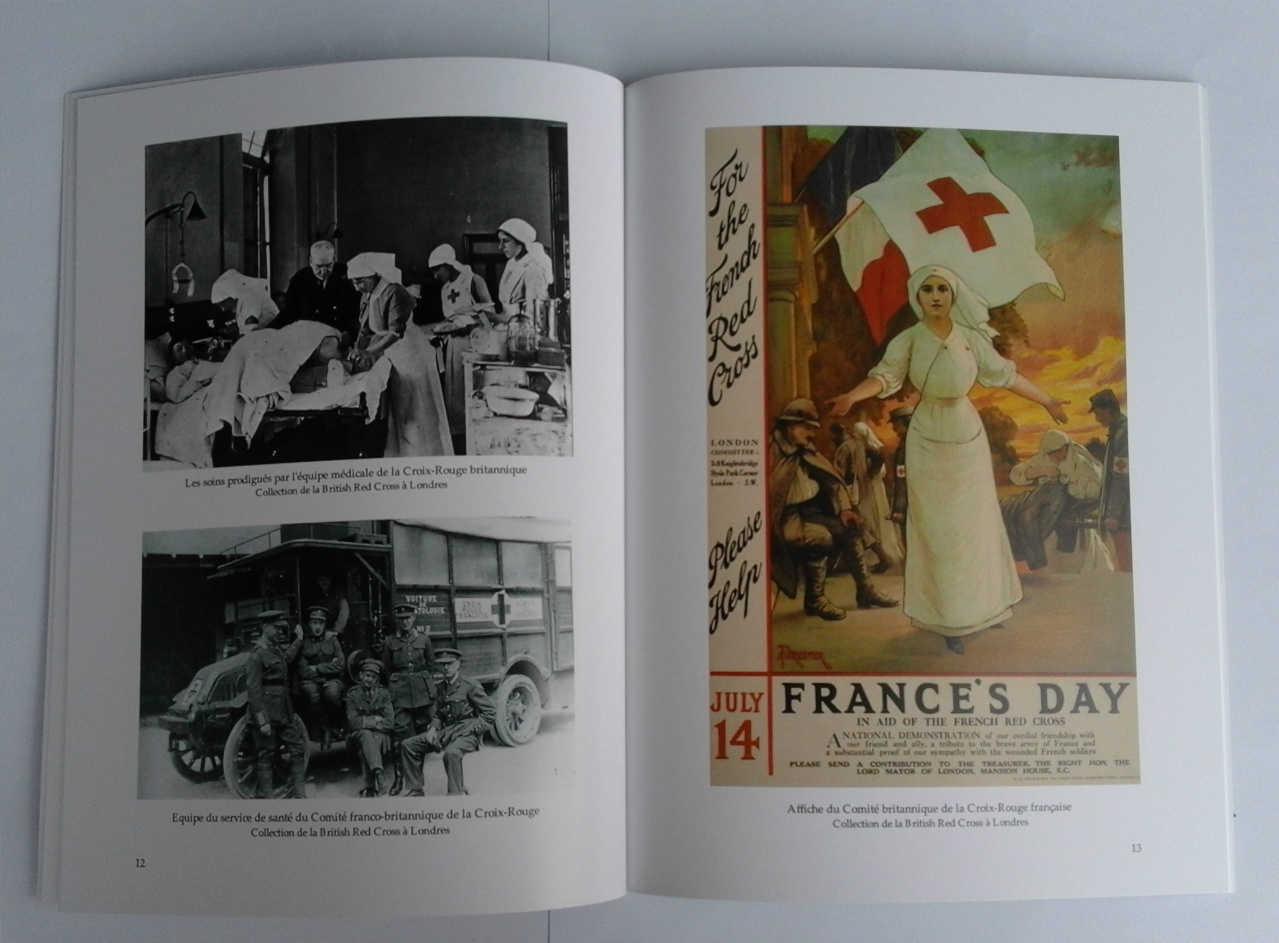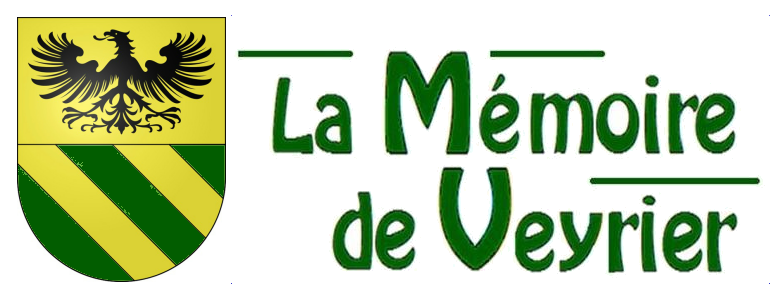 Jean Plançon présente:
Jean Plançon présente:
L’Hôpital Néo-Zélandais d’Etrembières (version française)
Histoire de Bois-Salève entre 1917 et 1919
Publié par La Mémoire de Veyrier
28 pages, 20×28 cm
Pour le commander: cliquez ici
En vente au prix de CHF 10,- + Frais d’envoi
ATTENTION : Nouvelle version (2023) complétée en Français et en Anglais disponible au même prix !
Jean Plançon présents
The New Zealand Hospital of Etrembières (English version)
The history of Bois-Salève from 1917 to 1919
Published by La Mémoire de Veyrier
Translation by Tatiana Shabander Welch
28 pages, 20×28 cm
On sale here: cliquez ici
Sale for CHF 10,- + Shipping costs
ATTENTION : New version (2023) compleded in English and French available for the same price !
 Introduction
Introduction
Au pied du Salève, tout près de la douane suisse de Veyrier, mais toujours du côté français, presque tout le monde connaît l’immense et belle demeure de « Bois-Salève » qui abrite aujourd’hui des appartements de haut standing dans un parc situé au Pas de l’Echelle sur la commune d’Étrembières. Les nombreux promeneurs qui y passent à proximité, avant de s’élancer à l’assaut du Salève, connaissent plus ou moins son passé d’ancien pensionnat pour jeunes filles devenu ensuite un préventorium puis un centre de récupération sociale appartenant à la S.N.C.F.
Mais combien de personnes savent pourquoi la rue (autrefois le chemin qui menait à cette belle propriété) s’appelle celle des Néo-Zélandais ?
Tout simplement parce que, entre 1917 et 1919, et à l’initiative du Comité britannique de la Croix-Rouge française, le gouvernement de la Nouvelle-Zélande accorda son patronage et d’importants subsides pour transformer Bois-Salève en grand hôpital destiné à accueillir les nombreux soldats blessés et autres réfugiés civils victimes de la Grande Guerre.
Comme très peu de documents concernant cet hôpital ont été sauvegardés en France, c’est essentiellement en Angleterre et en Nouvelle-Zélande que nous avons trouvé trace de cet épisode un peu oublié de notre histoire locale.
Au cours de nos investigations nous avons pu voir combien l’Empire Britannique tout entier s’était mobilisé pour soutenir non seulement les soldats envoyés au front, mais aussi les populations meurtries par la dureté des combats.
En effet, grâce à la puissance de son Empire, la Grande-Bretagne a déployé sur le territoire français un service de santé particulièrement efficace qui a été admirablement épaulé par les équipes bénévoles de sa Croix-Rouge.
De cette entraide est née une véritable amitié qui va donner naissance au Comité franco-britannique de la Croix-Rouge qui, depuis Londres, va employer plus de 2’000 personnes réparties à travers la France et l’Angleterre.
Que dire aussi du peuple de Nouvelle-Zélande qui, dès le début du conflit, a fait montre d’une générosité admirable, notamment à l’égard de la population civile française.
C’est cette histoire que nous allons vous raconter.
 Introduction
Introduction
When you leave Switzerland and cross into France at the foot of Mount Salève, near the village of Pas de l’Echelle (in the commune of Etrembières), you will discover a gem from the past. “Bois-Salève”, an estate with a majestic mansion, is familiar to locals. Many hikers who pass it on their way up the Mount Salève are aware that this estate has served many functions — as a boarding school for young women, a sanatorium for the treatment of early stages of tuberculosis, a convalescence property owned by the French railway company S.N.C.F – before being converted into the upscale apartments you see today. What few know is why the street that leads to the beautiful property is called New Zealanders’ street.
The reason dates back to 1917 when the New Zealand government agreed, at the request of the British Committee of the French Red Cross, to sponsor and fund a two-year project converting the Bois-Salève mansion into a hospital that would treat a large number of wounded soldiers and refugees of the Great War. The New Zealand Government did not stop there, continuing to lend their support to the hospital throughout the war.
We wanted to find out more about that somewhat forgotten period of our local history, but discovered that very few documents concerning the past of this hospital still existed in France. Luckily, we were able to find preserved documents in England and New Zealand on the little-known role that Bois-Salève played in the First World War.
Our research showed us not only how the entire British Empire united to support its soldiers who were at the front, but also how it helped the people who suffered from the war. The powerful British Empire was able to set up a strong and extremely efficient network throughout unoccupied France to care for the wounded. The Red Cross volunteers were an essential part of this network. This collaboration between France and England created a longlasting friendship which led to the creation of the London-based Franco-British Red Cross Committee, employing more than 2,000 people throughout France and England.
New Zealand also played an important role, offering significantsupport from the beginning of the conflict and generously supporting the French civilians suffering from the war.
That is the story we would like to share with you in this booklet.




